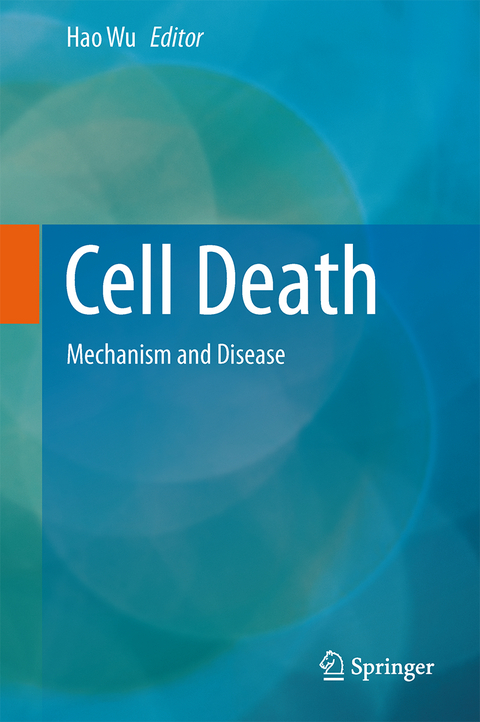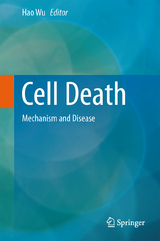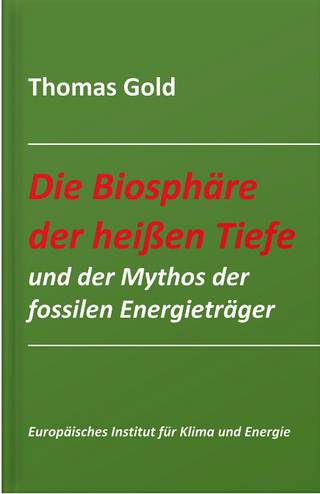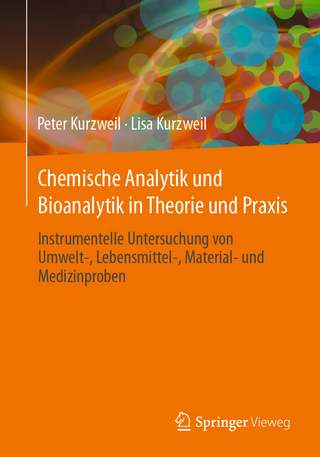Cell Death
Springer-Verlag New York Inc.
978-1-4614-9301-3 (ISBN)
Physiological cell death plays critical roles in almost all aspects of biology, and the book details its roles in lymphocyte homeostasis, neuronal function, metabolism, and the DNA damage response. When physiological cell death goes awry, diseases can arise, and cancer is presented as a central paradigm for the consequences of derangements in the interplay between cell survival and cell death. At the same time, the potential promise of targeted therapies aimed at interdicting cell death machineries are also discussed extensively. The molecular mechanisms that underlie apoptotic cell death are illustrated from the perspectives of both the intrinsic, mitochondrial apoptotic pathway and the extrinsic, death receptor pathway. Key players in these pathways, such as the Bcl2 family proteins, cytochrome c, Apaf-1, caspases, death receptor adapter proteins, and inhibitor of apoptosis proteins, are presented from both functional and structural angles. Until only a few years ago, programmed cell death has been considered essentially synonymous with apoptosis. However, we now know that programmed cell death can also take other forms such as necrosis or necroptosis, and to this end, the mechanisms that underlie programmed necrosis in development and host defense are illustrated. The past twenty plus years have seen an incredible growth of research in cell death, with one breakthrough after another, and the legacy still goes on with constant new surprises and findings. Long live cell death!
Hao Wu, Ph.D., is the Asa and Patricia Springer Professor at Harvard Medical School where she is a member of the Department of Biological Chemistry and Molecular Pharmacology. She is also a Senior Investigator in the Program in Cellular and Molecular Medicine at Boston Children’s Hospital. Her research focuses on elucidating the molecular basis of signal transduction by immune receptors, including the induction of cell death pathways.
1. Historical Perspective – the Seven Ages of Cell Death Research.- 2. The Intrinsic Apoptotic Pathway.- 3. Molecular Basis of Cell Death Programs in Mature T Cell Homeostasis.- 4. Bcl-2 family and their therapeutic potential.- 5. IAP proteins and their therapeutic potential.- 6. Cell Death and Cancer.- 7. The DNA damage response mediates apoptosis and tumor suppression.- 8. Neuronal Death Mechanisms in Development and Disease.- 9. The Complex Interplay Between Metabolism and Apoptosis.- 10. Programmed Necrosis/Necroptosis: An Inflammatory Form of Cell Death.- 11. Structural Perspectives on BCL-2 Family of Proteins.- 12. Structural basis of death receptor signaling.
| Zusatzinfo | 42 Illustrations, color; 4 Illustrations, black and white; XII, 272 p. 46 illus., 42 illus. in color. |
|---|---|
| Verlagsort | New York, NY |
| Sprache | englisch |
| Maße | 155 x 235 mm |
| Themenwelt | Medizin / Pharmazie |
| Naturwissenschaften ► Biologie ► Biochemie | |
| Naturwissenschaften ► Biologie ► Mikrobiologie / Immunologie | |
| Naturwissenschaften ► Biologie ► Zellbiologie | |
| Schlagworte | Apoptosis • cell death |
| ISBN-10 | 1-4614-9301-3 / 1461493013 |
| ISBN-13 | 978-1-4614-9301-3 / 9781461493013 |
| Zustand | Neuware |
| Haben Sie eine Frage zum Produkt? |
aus dem Bereich




